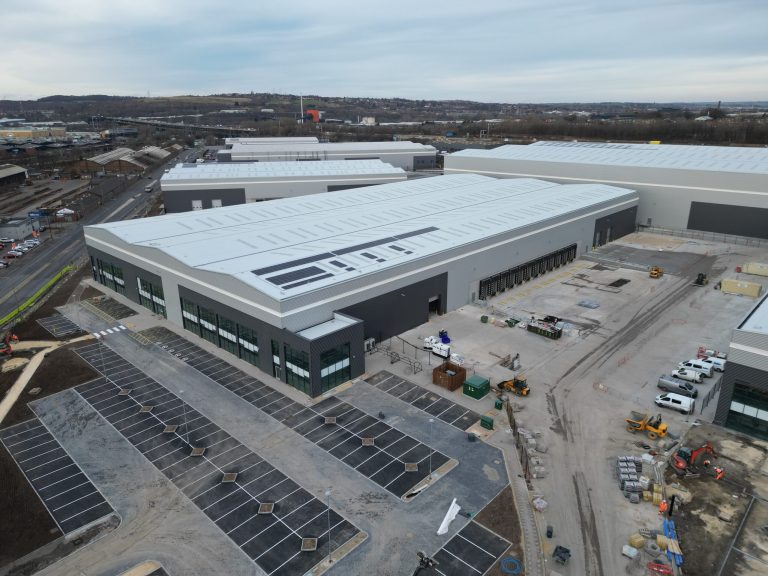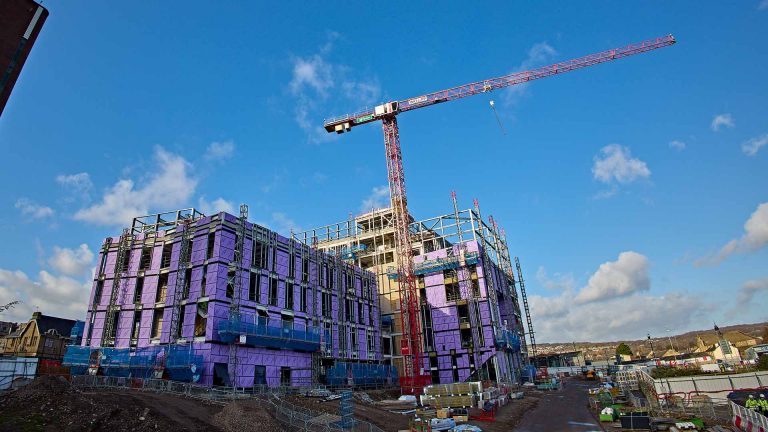Andrew Jackson boosts contentious probate team with senior appointment
Another tenant secured for second phase of PLP Bessemer Park
Investment in health tech research and training by Google unveiled for South Yorkshire
Rule-breaking by poultry farmer results in costs of £28,000
Daphne Steele Building celebrates key milestone at National Health Innovation Campus development
Skills Bootcamps get £3m Government funding
Airport funding is available, Transport Secretary tells Mayor
HulBID reveals awards entry shortlist
- Kicks Bar & Grill
- Princes Quay
- Rubicon Bridge LimitedWelcoming Premises Award sponsored by Hull City Council
- 19.4
- Artisan Flowers
- Lili + Mila’s Empawrium
Outstanding Employee or Team Award sponsored by AaGlobal
- Mike Glover (St Stephen’s)
- Hannah Hartley (Smart Temporary Solutions)
- Superbowl UK
Longevity Award sponsored by Allenby Commercial
- Bob Carvers
- B Cooke & Son Ltd
- Rollits LLP
Customer Service Excellence Award sponsored by Clearanswer
- Blacks Outdoor
- Hull Museums and Gallery
- Pepperells Solicitors
Contribution to the Community Award sponsored by the Office of the Police and Crime Commissioner
- Central Library Big Malarkey Festival
- Good Things Market
- Hull Freedom Quarter
Commitment to Health and Wellbeing Award sponsored by Bryce Mennell
- 360 Chartered Accountants
- Rollits LLP
- Sadofskys Chartered Accountants
The Best in Food and Drink Award sponsored by Hull Trains
- Koffee Lab
- Milchig
- Stretch Pizza
Best Place to Work Award sponsored by St Stephen’s
- DoubleTree by Hilton
- Hinks
- Spencer Group
Outstanding Contribution Award sponsored by Prestige Recruitment
- The Deep
- Ferens Art Gallery
- Hull College
Judges’ Special Recognition Award sponsored by East Yorkshire Buses
To be presented to a HullBID member business or organisation selected by the panel, irrespective of whether they have entered the awards, for their work to enhance the status of Hull city centre.Major childcare recruitment campaign begins today
“The fantastic nurseries, childminders and professionals across the childcare sector are central to the success of this rollout and our new recruitment campaign will support them in continuing to deliver the flexible and high-quality childcare parents need.”
The “Do Something Big” recruitment campaign is to encourage people to start a career working with small children – one part of this government’s ongoing sector support to ensure providers are in the best position to deliver the places parents need from April and September this year and next. A £1,000 sign-on bonus for childcare workers is also being launched today to increase capacity, tackle unemployment, and offer more childcare places. The trial – which will cover 20 local authorities across the UK – will give new-starters and returners a tax-free cash payment shortly after they take up post.











